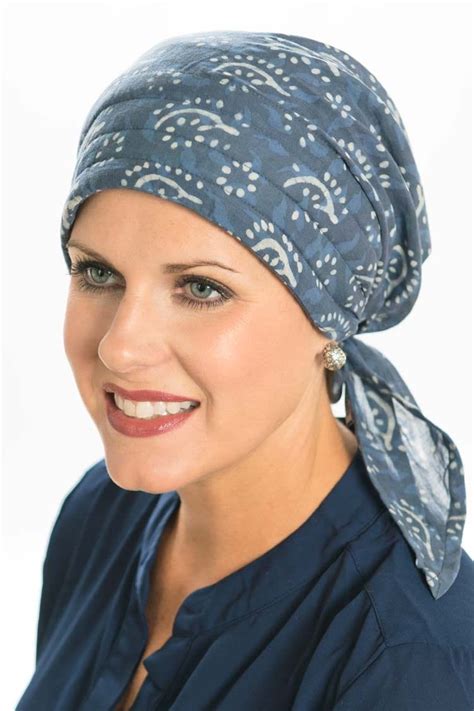Understanding the Need for Head Covers
Cancer treatments, such as chemotherapy and radiation, can lead to hair loss, which can be a challenging and emotionally distressing experience for patients. Head covers provide a practical and comfortable solution, offering protection and a sense of dignity.

Types of Head Covers
Scarves: Soft, versatile fabrics that can be tied or draped in various ways.
Hats: Wide-brimmed, baseball caps, and beanies offer protection from the sun and warmth.
Wigs: Synthetic or natural hairpieces that provide a realistic appearance and boost confidence.
Turbans: Head coverings made from stretchy fabrics, providing a snug and comfortable fit.
Choosing the Right Head Cover
Consider Comfort: Choose soft, breathable materials that minimize irritation and sweating.
Style and Aesthetics: Select a head cover that complements your facial features and suits your personal taste.
Functionality: Determine if you need protection from the elements, warmth, or concealment of hair loss.
Personal Preferences: Explore different options and experiment until you find what feels most comfortable and empowering.
Emotional Support: Head covers offer a sense of control and confidence during a period of physical and emotional vulnerability.
Practical Protection: They provide warmth, sun protection, and shield sensitive scalp from irritants.
Reduces Anxiety: Covering hair loss can alleviate social anxiety and boost self-esteem.
Home: Soft, comfortable scarves and turbans are ideal for everyday use and lounging.
Work: Hats or wigs provide a more professional appearance and reduce distractions.
Social Occasions: Elegant scarves or headpieces can enhance confidence and style for social events.
Common Mistakes to Avoid
Ignoring Comfort: Opting for stylish but uncomfortable head covers can exacerbate irritation and discomfort.
Choosing Unnatural-Looking Options: Wigs that don’t blend with your natural hair color or texture can draw unwanted attention.
Not Considering Personal Style: Head covers should complement your personal style and reflect your individuality.
Pros and Cons of Different Head Cover Types
| Type | Pros | Cons |
|---|---|---|
| Scarves | Soft, versatile, easy to style | Can slip or become tangled |
| Hats | Sun protection, warmth | May not fit all head shapes comfortably |
| Wigs | Realistic appearance, boosts confidence | Expensive, requires maintenance |
| Turbans | Snug fit, comfortable | May be too warm in certain settings |
Cooling Head Covers: Advanced materials and designs provide cooling effects to reduce the discomfort of sweating.
Integrated Hair Accessories: Head covers with built-in bows, clips, or flowers add a touch of style and personalization.
Customizable Head Covers: 3D printing and other technologies allow for personalized head covers tailored to individual head shapes and preferences.
Data and Statistics
According to the American Cancer Society, an estimated 150,000+ people in the United States will be diagnosed with cancer this year. Of these, many will experience hair loss due to treatment.
A study published in the “Journal of Clinical Oncology” found that 85% of cancer patients reported that head covers improved their comfort and self-esteem.
Conclusion
Head covers are essential accessories for cancer patients, providing comfort, protection, and a sense of empowerment. By carefully selecting and utilizing them, patients can navigate the challenges of hair loss with dignity and positivity.
